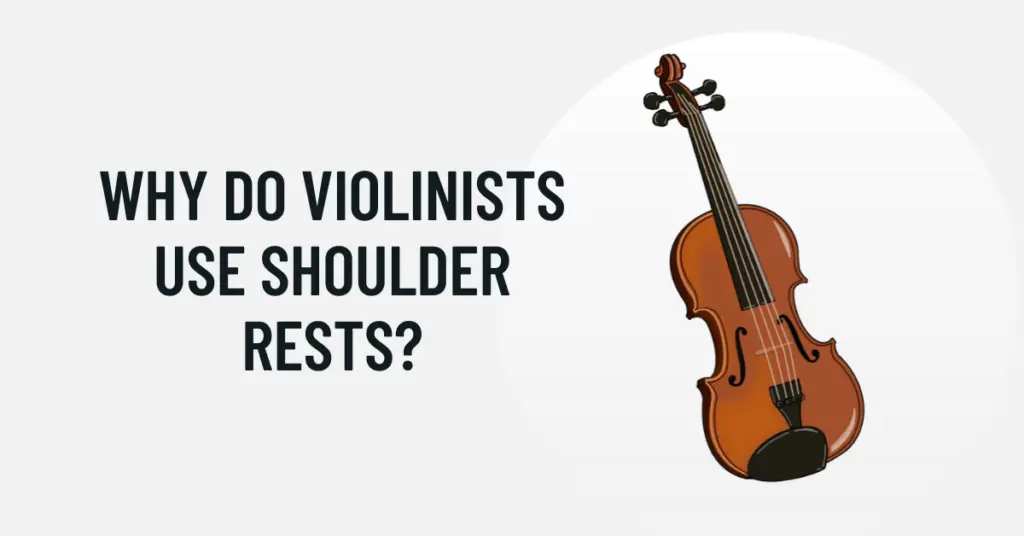Violin playing is an intricate art that demands precision and comfort. Violinists often employ various accessories to enhance their playing experience and produce the best possible sound. One such accessory is the shoulder rest. In this article, we will explore the reasons why violinists use shoulder rests and how this simple yet crucial device contributes to their performance.
1. Comfort and Ergonomics:
Reason: Shoulder rests enhance comfort and ergonomic support for violinists.
Explanation: The violin is held between the shoulder and the chin, with the left hand supporting the neck of the instrument. The shoulder rest provides a cushioned surface, allowing the violin to rest comfortably on the shoulder without digging into the player’s collarbone. This added comfort enables violinists to focus on their technique and musical expression without distractions caused by discomfort or pain.
2. Stability and Balance:
Reason: Shoulder rests provide stability and balance while playing the violin.
Explanation: A shoulder rest prevents the violin from slipping or sliding while the musician is playing. Providing a stable base ensures that the instrument remains securely positioned on the shoulder, allowing the violinist to concentrate on playing without the constant need to readjust their grip. This stability is particularly valuable during intricate passages or high-energy performances where precise movements are essential.
3. Tone Quality:
Reason: Shoulder rests can influence the tone quality produced by the violin.
Explanation: The way the violin sits on the shoulder affects its contact with the body and, subsequently, the resonance and tone quality. Shoulder rests when properly adjusted, allow the violin to vibrate freely, enhancing the instrument’s natural sound. The freedom of movement provided by the shoulder rest enables violinists to explore various tonal nuances and techniques, resulting in a richer and more expressive performance.
4. Injury Prevention:
Reason: Shoulder rests help prevent strain and injuries for violinists.
Explanation: Long hours of practice and performance can strain the neck and shoulder muscles of violinists. The cushioned support provided by a shoulder rest reduces the pressure on these muscles, minimizing the risk of strains and injuries. By promoting proper posture and reducing muscle fatigue, shoulder rests contribute to the overall well-being of violinists, allowing them to play comfortably for extended periods.
5. Customization and Adaptability:
Reason: Shoulder rests are adjustable and adaptable to individual preferences.
Explanation: Violinists come in various shapes and sizes, and what works for one musician might not work for another. Shoulder rests are designed to be adjustable, allowing violinists to customize the height, angle, and position according to their individual needs and playing style. This adaptability ensures that every violinist can find the most comfortable and effective setup for their unique physique and technique.
Conclusion
Shoulder rests are indispensable accessories for violinists, providing comfort, stability, tone enhancement, injury prevention, and customization options. By offering essential support and allowing violinists to focus on their artistry, shoulder rests play a vital role in the world of violin performance. As violinists continue to explore new musical horizons, the shoulder rest remains a trusted companion, empowering them to create beautiful music with confidence and ease.

